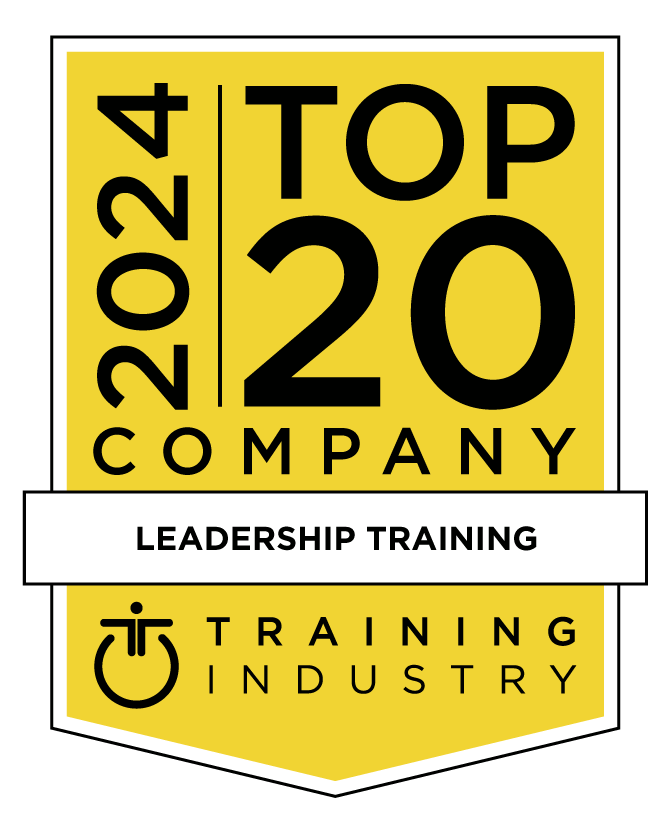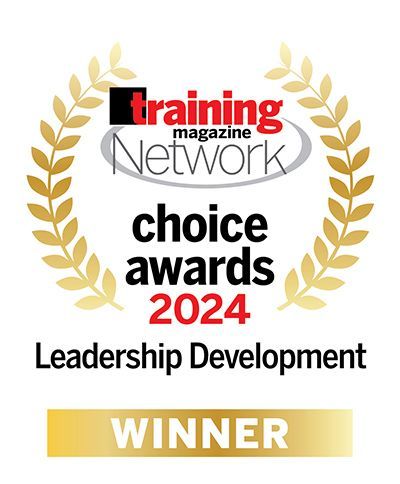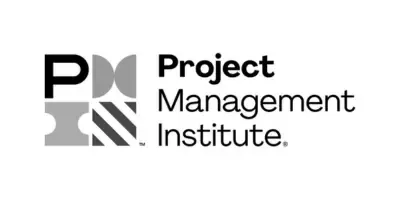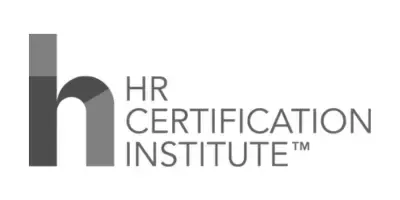Embedding Feedback Loops and Measuring Impact in Leadership Development
A successful leadership development training program goes far beyond classroom sessions and skill-building exercises. According to Harvard research, the most impactful programs weave continuous feedback and measurement into every stage of learning. By embedding real-time feedback loops and conducting post-program evaluations, organizations not only enhance individual growth but also demonstrate tangible business results.
Below, we explore how structured feedback mechanisms and robust impact measurement strategies ensure that leadership development programs deliver long-term value.
Why Feedback Loops Matter in Leadership Development Training Programs
Feedback is the engine that drives learning. Without it, participants lack the guidance to adjust behaviors or reinforce strengths. In the context of a leadership development training program, feedback loops ensure leaders gain clarity about how their actions affect teams and organizational outcomes.
Embedding feedback also helps create a learning culture where leaders feel supported in their growth journey. It shifts training from being a one-time event to an ongoing cycle of learning, reflection, and application.
For a deeper dive into how feedback fuels leadership growth, see The Art of Giving and Receiving Feedback in Leadership Development.
Approaches to Embedding Continuous Feedback
Designing feedback mechanisms requires intentionality. Harvard experts emphasize that effective leadership development should integrate three layers of feedback: real-time, mid-program, and post-program.
Real-Time Coaching and Peer Reviews
Interactive feedback in the moment enables leaders to adjust behaviors quickly. Peer reviews, role plays, and simulations provide immediate insights. For example, in experiential modules like those offered in theCrestcom Leadership Training Series, participants gain instant coaching from facilitators and peers.
Mid-Program Assessments to Address Emerging Needs
Periodic check-ins allow facilitators to identify gaps early and adapt program content. Surveys, pulse checks, or structured reflection exercises can help align training with participants’ evolving needs.
Post-Program Measurement and Reflection
Post-program assessments capture the longer-term impact of training. Engagement surveys, 360-degree evaluations, and behavioral observation can reveal how leaders are applying their new skills. The Crestcom 360 Evaluation is a proven method for gathering multi-source feedback to track progress over time.
Measuring the Impact of Leadership Development Training Programs
Measuring the success of a leadership development initiative requires linking outcomes to organizational performance. Harvard research highlights the importance of evaluating across three domains: learner experience, workplace behavior, and business impact.
Learner Experience Metrics
Tracking participation, satisfaction, and engagement rates helps determine how learners perceive the program. High levels of participation often indicate strong buy-in and relevance.
Behavioral Metrics
Behavioral shifts provide evidence that leaders are applying what they have learned. This could include improved collaboration, higher levels of employee engagement, or stronger decision-making. Structured assessments and observational feedback are useful tools here.
Business Impact Metrics
Ultimately, the true test of any leadership program is its contribution to organizational goals. Metrics like revenue growth, employee retention, or productivity improvements help demonstrate ROI. Programs like the Crestcom Strategy Program for Top-Level Executives focus on aligning leadership skills with measurable business results.
Celebrating Progress to Reinforce Learning
Acknowledging progress is just as important as measuring it. Celebrating milestones reinforces a growth mindset and motivates leaders to continue applying their skills. Public recognition, success stories, or internal communications can help build momentum across the organization.
Celebrating progress also fosters accountability by showcasing how leadership development contributes to organizational success. Recognition ensures the leadership development training program is seen not just as an HR initiative but as a core driver of business transformation.
Conclusion
Embedding continuous feedback and measuring impact are essential for ensuring leadership development programs deliver lasting value. Real-time coaching, mid-program assessments, and post-program business metrics create a full-circle approach to learning.
By combining these practices with structured measurement frameworks, organizations can link leadership training to tangible results, foster a culture of continuous growth, and celebrate progress along the way.
To explore how Crestcom’s proven programs integrate feedback and measurement into every stage of leadership training, visit the Crestcom Leadership Training Series.
Interested in a free Leadership Skills Workshop with your team?
- Address instantly fixable issues that impact customer perceptions and employee morale.
- Learn and practice a habit that will raise employee performance.
- Set actions with specific and measurable steps that they'll gladly be accountable to achieve.











